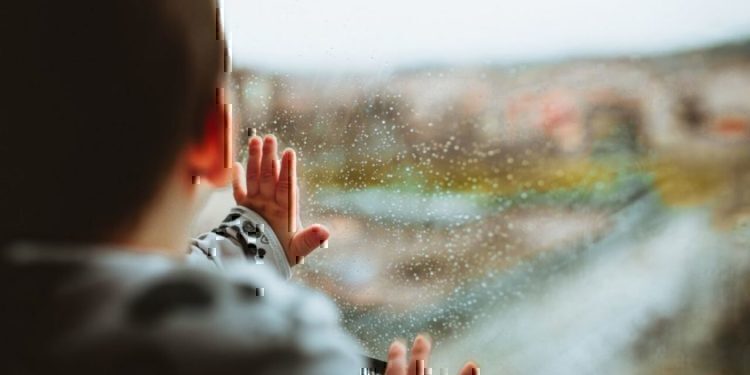The latest projections on coronavirus in the US were so alarming, there was virtually no choice but to extend social distancing guidelines, two of the nation’s top infectious disease experts said. Federal guidelines originally scheduled to end this week have now been extended to April 30.
That means all Americans should avoid groups of 10 or more people, avoid discretionary travel, and consider canceling all social visits in homes. Older residents should stay home.But even with continued social distancing, “I wouldn’t be surprised if we saw 100,000 deaths,” said Dr. Anthony Fauci, director of the National Institute of Allergy and Infectious Diseases.”It was patently obvious, looking at the data … if we try to push back (on social distancing) prematurely, not only do we lose lives, but it probably would even hurt the economy,” he said. So you would lose on double accounts. So to us, it was no question what the right choice was.”
More than 143,000 people in the US have been infected with coronavirus, and more than 2,400 have died. And it’s only been two months since this coronavirus was first detected in the US.How well Americans obey social distancing could make the difference between 100,000 and millions of deaths, said Dr. Deborah Birx, the White House’s coronavirus response coordinator.”If we do things together well, almost perfectly, we could get in the range of 100,000 to 200,000 fatalities,” Birx told NBC’s “Today” show Monday. “We don’t even want to see that.”Birx said the worst-case projections show “between 1.6 million and 2.2 million deaths if you do nothing” and disregard social distancing guidelines.
‘Those are tinders that can turn into big fires’
While the death toll from coronavirus in New York state topped 1,000, it’s not just hotspots that need to watch out.
Places with few cases can also steer the direction of this outbreak, Fauci said.”If you just look at those (places) and say, ‘There are very little infections in this area or that area, we don’t have to worry about it,’ you’re making a big mistake. Because those are tinders that can turn into big fires.””You’ve got to look at those other areas and make sure you very vigorously identify, test … get individuals who you take out of society because they’re isolated, and do contact tracing,” he said.
‘There is not enough of anything’
Hundreds of medical workers across the country have fallen sick with coronavirus as hospital employees face dire shortages of protective gear.”We are slowly descending into chaos,” a trauma physician at Miami’s Jackson Memorial Hospital said. Trauma physicians that normally rely on literature, research and training are now “flying blind” without instruments and building guidelines from the ground up, the physician said.And when they’re done treating coronavirus patients in trauma, they head back to the ICU to treat more.At a New York hospital, staff members were wiping down and reusing single-use protective equipment, a doctor in the anesthesiology department said.When the hospital ran out of life-saving ventilators, it started using anesthesia machines instead.”There is not enough of anything,” the doctor said. “There are just so many patients who are so sick, it seems impossible to keep up with the demand.”
And it’s not just the elderly who get severe complications. More young adults are getting hospitalized with coronavirus.At NYU-Langone Brooklyn hospital, patients ranging from their 20s to their 90s are being intubated, an emergency room nurse said.In Boston, “we are seeing lots of young people get very sick in our intensive care units,” said Dr. Rochelle Walensky, chief of infectious disease at Massachusetts General Hospital.”So when we are asking you to stay home, we are saying please stay home because we don’t know who they will be,” she said. “We have no way to predict who of the younger will get sicker.”
Read more at
CNN’s Arman Azad, Jacqueline Howard, Dakin Andone, Laura Ly, Kristina Sgueglia and Betsy Klein contributed to this report.








